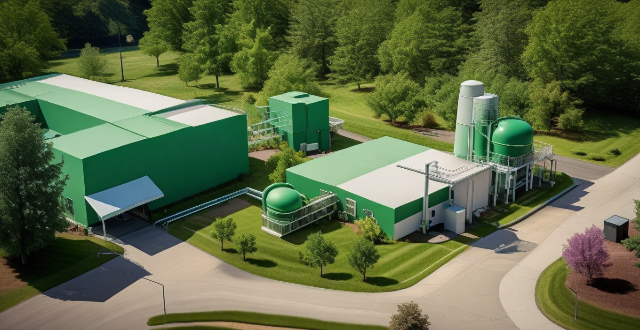The circular economy (CE) is an economic system that promotes sustainable development by reusing and recycling materials, minimizing waste, and reducing the need for new raw material extraction. CE policies contribute to climate change mitigation by decreasing greenhouse gas emissions, enhancing energy efficiency, supporting renewable energy, promoting sustainable practices, creating green jobs, and encouraging systemic changes towards sustainability. Challenges to implementing CE policies include modifying economic incentives, establishing supportive regulations, advancing technological innovation, and changing consumer behavior.

The Relationship between Circular Economy Policies and Climate Change Mitigation
The circular economy (CE) is an economic system that aims to redefine the notion of growth, focusing on making effective use of resources, recycling materials, and minimizing waste. This concept contrasts with the traditional linear economy model of take-make-dispose. CE policies are designed to promote sustainable development by keeping resources in use for as long as possible, extracting the maximum value from them while minimizing the amount of waste.
Key Points:
- Reduced Resource Extraction: By promoting the reuse and recycling of materials, CE reduces the need for new raw material extraction, which often involves high carbon emissions.
- Energy Efficiency: A focus on using resources more efficiently can lead to significant energy savings, contributing to lower greenhouse gas emissions.
- Waste Reduction: Minimizing waste means less organic matter going to landfills, where it produces methane, a potent greenhouse gas.
- Longevity of Products: Extending the lifespan of products through better design and maintenance reduces the demand for new production, saving energy and reducing emissions.
- Low-Carbon Infrastructure: CE principles encourage the development of low-carbon infrastructure and green technologies.
Benefits for Climate Change Mitigation:
1. Decrease in Greenhouse Gas Emissions: By promoting recycling and reuse, CE policies help decrease the emissions associated with manufacturing new products.
2. Enhanced Energy Efficiency: When products and materials are kept in use for longer, it leads to less production and therefore less energy consumption.
3. Support for Renewable Energy: CE supports the transition to renewable energy sources by promoting the recycling of materials used in their construction, like solar panels and wind turbines.
4. Promotion of Sustainable Practices: Businesses adopting circular models often find ways to cut emissions throughout their supply chains.
5. Job Creation in Green Sectors: As economies shift towards circularity, new job opportunities arise in sectors that contribute to climate change mitigation.
6. Systemic Change: CE policies encourage systemic changes that prioritize sustainability over short-term gains, aligning economic goals with environmental resilience.
Implementation Challenges:
- Economic Incentives: Current economic structures may not always incentivize circular practices over linear ones.
- Regulatory Frameworks: Governments must establish supportive regulations that facilitate the transition to a circular economy.
- Technological Innovation: Advances are needed to improve recycling processes and make products more durable and repairable.
- Consumer Behavior: Encouraging consumers to embrace recycling, reusing, and purchasing sustainable products is crucial for success.
In conclusion, circular economy policies play a vital role in climate change mitigation by fostering a system where resources are preserved, energy use is optimized, and waste is minimized. The implementation of such policies requires a collaborative effort from governments, businesses, and consumers to transition towards a more sustainable future.